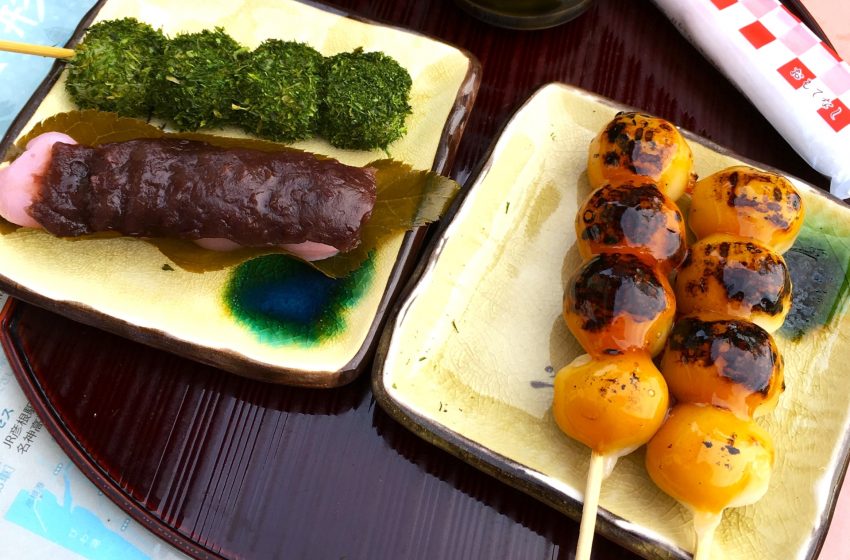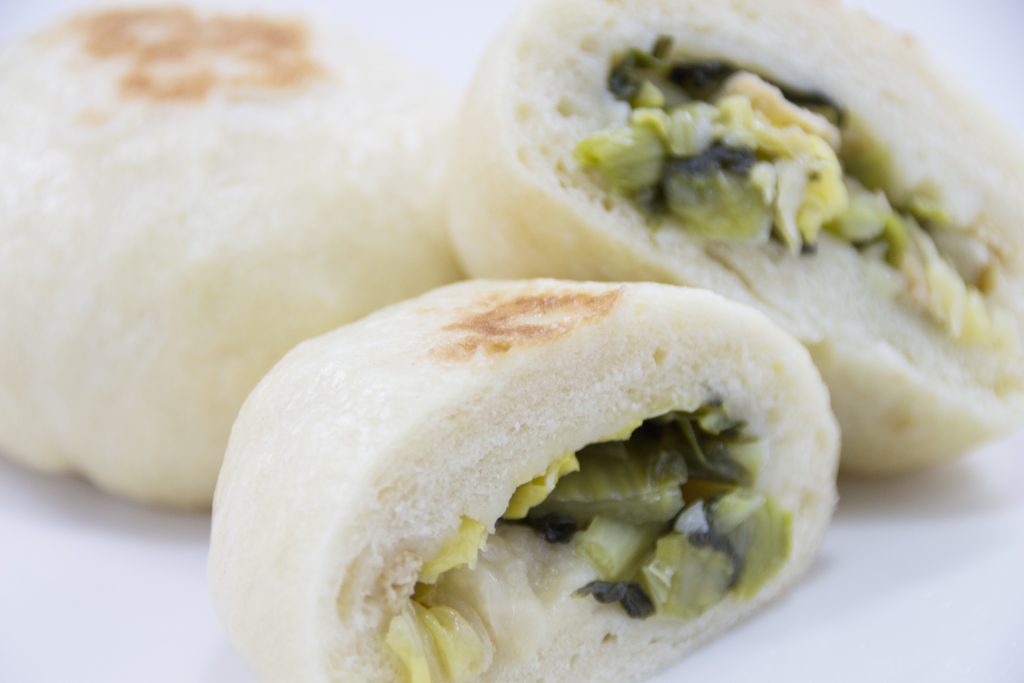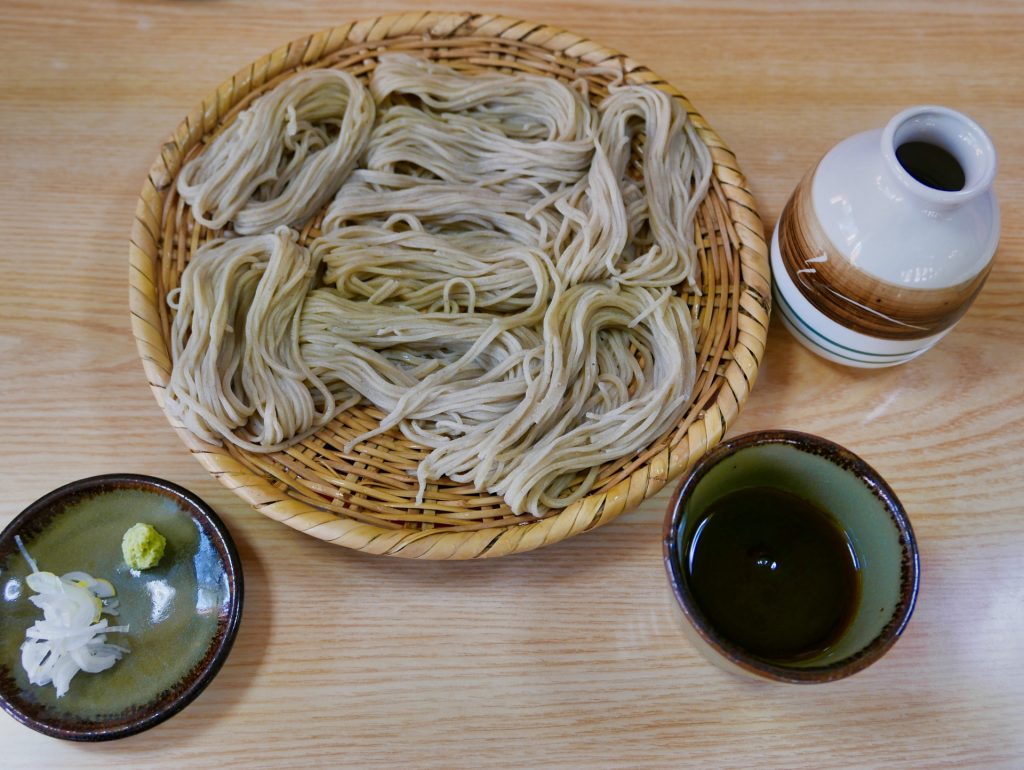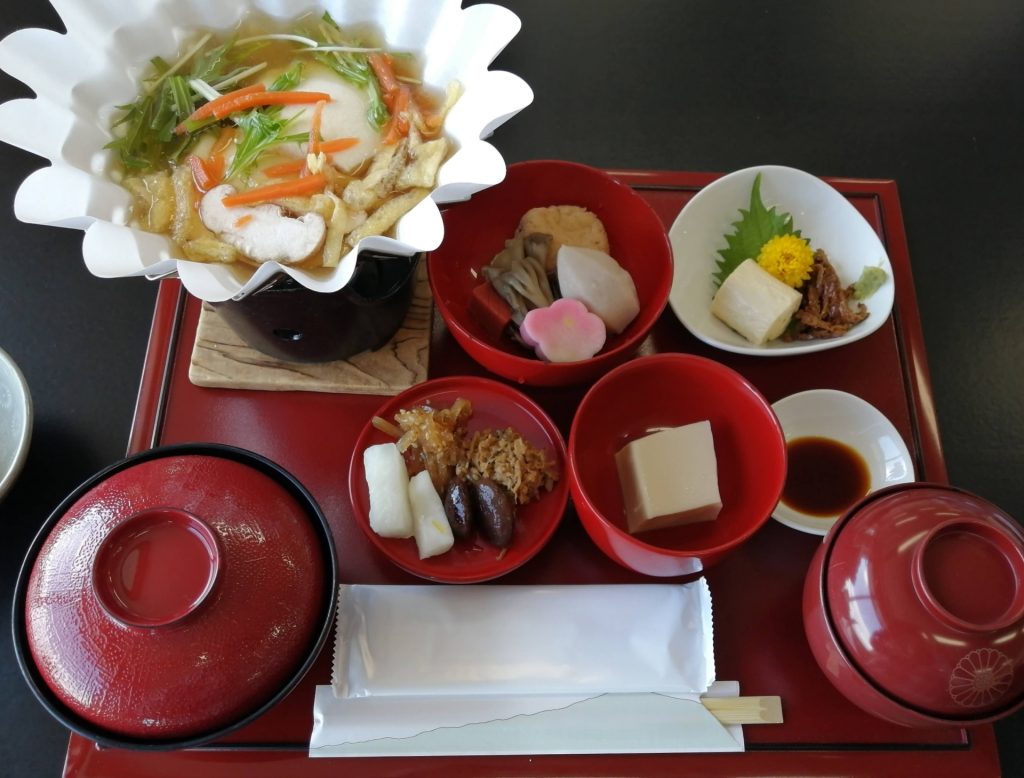
Dango: A Taste of Japan’s Delectable Skewered Treat
Hello, avid explorers and culinary enthusiasts! As you wander through the enchanting landscapes of Japan, there’s a delightful treat that’s hard to miss – Dango. This traditional Japanese sweet, often seen in the hands of both locals and tourists alike, is a quintessential part of Japanese snack culture. Let’s delve into the world of Dango and discover why this simple treat is a must-try for anyone visiting Japan.
Unveiling Dango
Dango is a type of Japanese dumpling made from rice flour, molded into small round shapes, and typically skewered in groups of three to four. These chewy balls are then either grilled or boiled and often served with a variety of sweet or savory toppings.
The Roots of Dango
The history of Dango dates back to the Nara period and has been a part of Japanese food culture for centuries. Initially enjoyed by the samurai as a portable snack, Dango has evolved into a popular treat enjoyed by people from all walks of life, often associated with festivals and seasonal celebrations.
Exploring the Variety of Dango
Dango comes in many varieties, each with its unique flavor and often tied to specific seasons or festivals:
- Mitarashi Dango: Covered in a sweet soy glaze, it’s one of the most popular types, balancing sweet and salty flavors.
- Hanami Dango: Traditionally enjoyed during cherry blossom viewing, these tri-colored skewers symbolize the beauty of spring.
- Anko Dango: Coated with sweet red bean paste, offering a perfect treat for those who love traditional sweet flavors.
- Goma Dango: Rolled in sesame seeds, providing a nutty and aromatic taste.
- Kinako Dango: Dusted with sweet roasted soybean flour for a subtly sweet and nutty flavor.
Where to Enjoy Dango in Japan
- Street Vendors and Festivals: Dango is a staple at most Japanese festivals. Look out for yatai (street food stalls) serving freshly made Dango.
- Traditional Japanese Tea Houses: Some tea houses serve Dango as a complement to tea, particularly matcha.
- Specialty Sweet Shops: Across Japan, especially in cultural areas like Kyoto and Asakusa in Tokyo, you’ll find shops dedicated to this sweet delight.
Dango: Not Just a Snack, but a Cultural Icon
Beyond being just a tasty treat, Dango holds cultural significance. It’s a part of various Japanese celebrations and traditions. For instance, during the autumnal Tsukimi festival, Dango is offered to the moon. Its round shape is also a symbol of happiness and family unity.
Making Your Own Dango
For those who wish to take their culinary adventures home, Dango is relatively easy to make. The key ingredients – rice flour, sugar, and water – are mixed to form a dough, shaped into balls, and then boiled or grilled. Experiment with different toppings to recreate the flavors you enjoyed in Japan.
Conclusion: A Sweet Symbol of Japan’s Rich Heritage
Dango, in its simplicity, captures the essence of Japan’s rich culinary heritage. It’s a snack that bridges the traditional with the contemporary, offering a window into the nation’s culture and festive spirit.
So, as you explore the scenic streets, vibrant festivals, and tranquil gardens of Japan, let the humble Dango be a sweet companion on your journey, enriching your travel experience with every bite.
Happy tasting and joyous travels in Japan!




